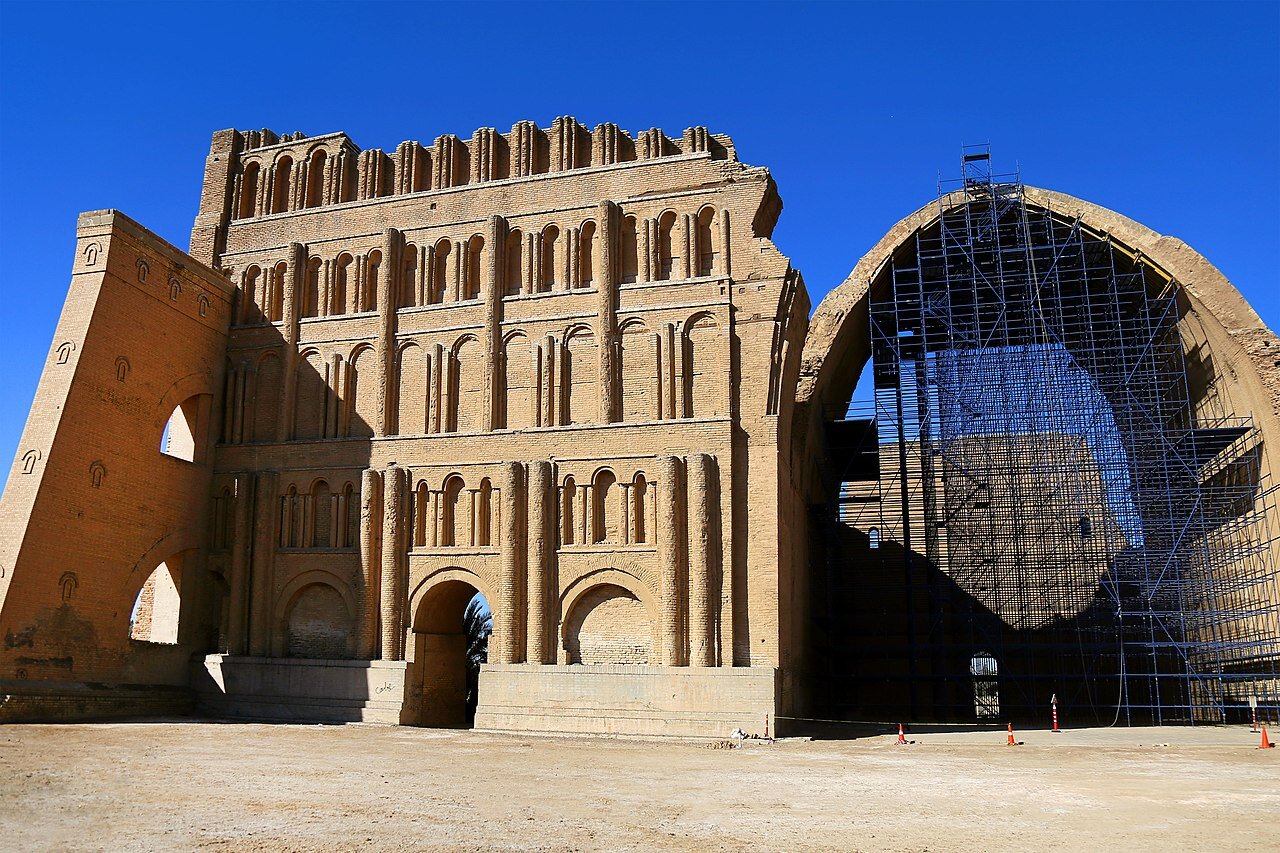Iran, Iraq to undertake joint studies on Sassanid heritage

TEHRAN – Iran and Iraq have agreed to conduct joint archaeological research on the Sassanid cultural heritage shared between the two nations.
Based on previously signed agreements, we will conduct joint archaeological surveys and excavations in the geographical areas that embrace Sassanid cultural heritage in Iraq’s Sulaymaniyah, Garmian and Halabja, the tourism chief of Iran’s Kermanshah province said on Thursday.
“During our (recent) visit to Iraq, we discussed ways to expand ties in the three fields of cultural heritage, tourism, and handicrafts,” Dariush Farmani said.
In the field of cultural and historical heritage, we and our Iraqi counterparts have held meetings on the UNESCO registration of the Parthian, Sasanian axis that stretches from Kangavar Temple (in Kermanshah) to Ayvan-e Madayen (Taq Kasra, which is located near the modern town of Salman Pak, Iraq), the official explained.
“Moreover, we exchanged views to deepen cultural connections that we have had since ancient times.”
“It was decided that in the form of memorandums of understanding, we conduct archaeological surveys and excavations in the geographical area of the Sassanid route with the three mentioned provinces,” the official explained.
Considering that we have more than 370 kilometers of the common border with Iraq, there is a very high capacity in the field of developing tourism relations between the two nations, Farmani said.
In Iran's history, the Sassanid era is of utmost significance. Persian arts and architecture underwent a general renaissance during the Sassanid era. The palaces at Ctesiphon, Firuzabad, and Sarvestan, which are among the highlights of the ensemble, are examples of grandiose architecture that was frequently used.
In general, a Sassanid archaeological landscape shows a highly effective system of land use and strategic use of natural topography in the development of the first Sassanid cultural centers.
In 2018, an ensemble of Sassanian historical cities in southern Iran, titled “Sassanid Archaeological Landscape of Fars Region”, was named a UNESCO site. The ensemble comprises eight archaeological sites situated in three geographical parts of Firuzabad, Bishapur, and Sarvestan.
The World Heritage site demonstrates the best use of the terrain's natural features and attests to the influence of Roman art, which had a profound influence on Islamic-era architecture and artistic movements, as well as Achaemenid and Parthian cultural traditions.
Aside from architecture, other highly developed crafts included metalwork and gem engraving, but the state still supported the academic study. Works from the East and the West were translated into Pahlavi, the Sassanian language, during those years.
AFM
Leave a Comment